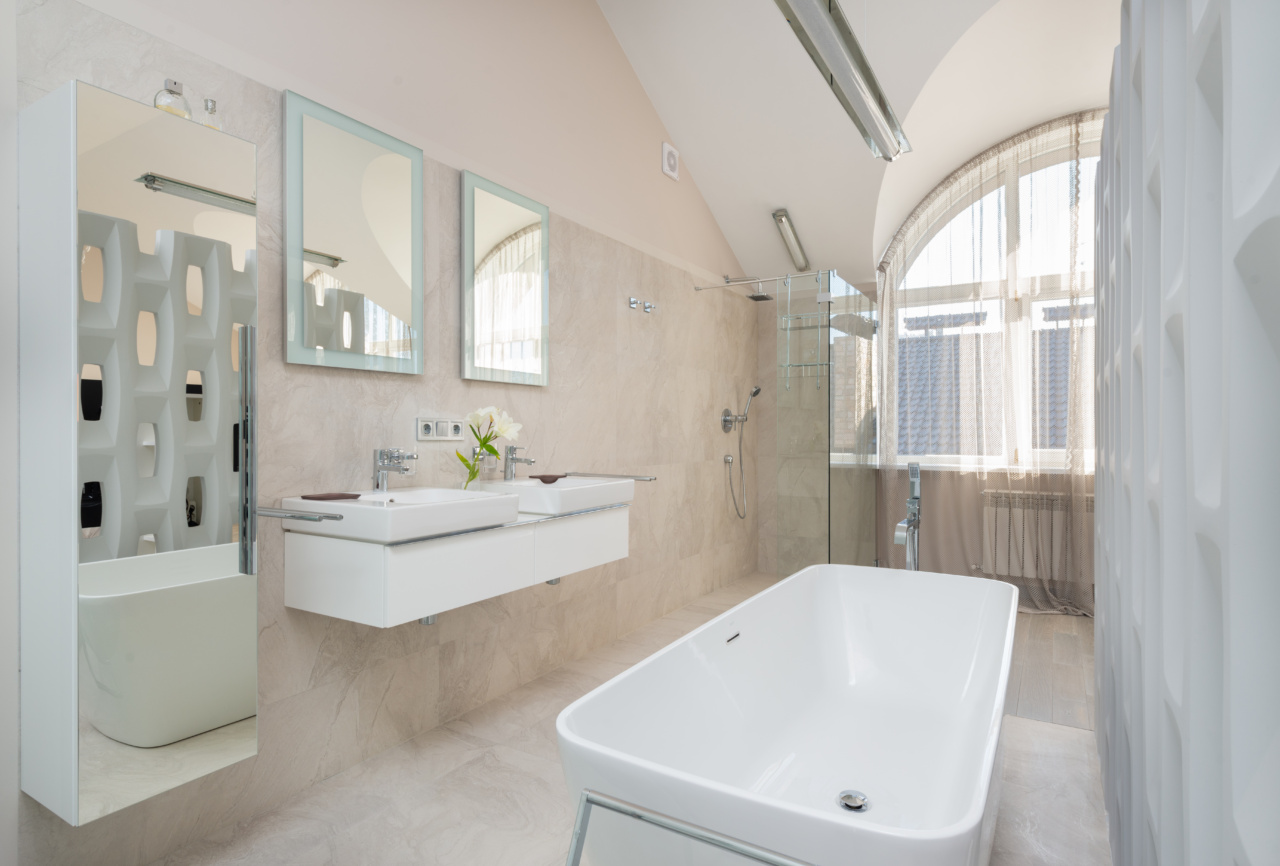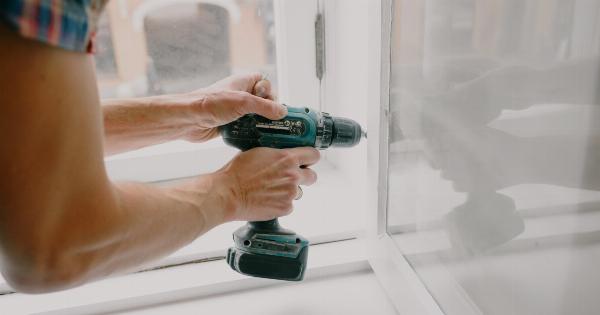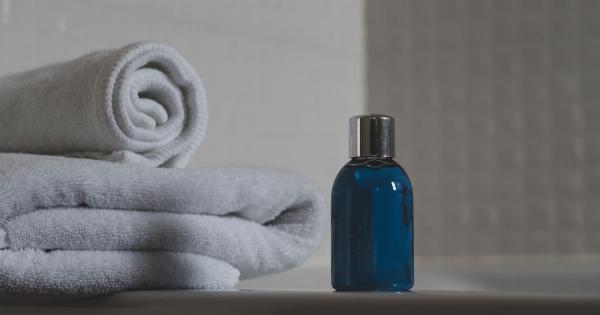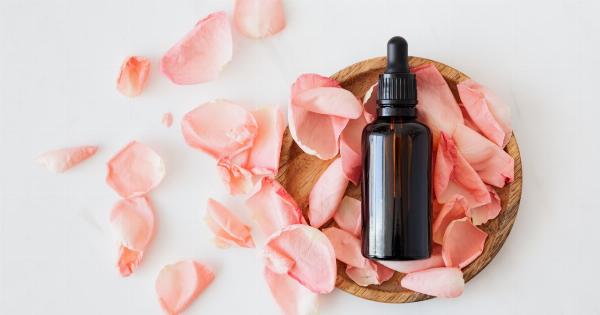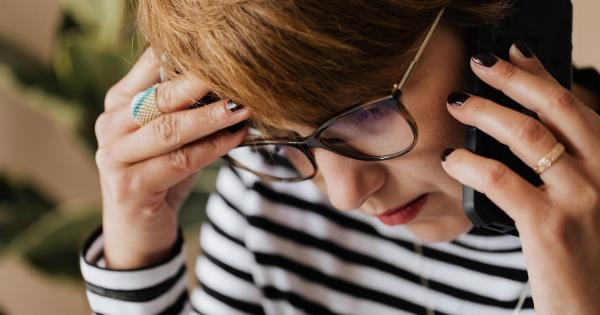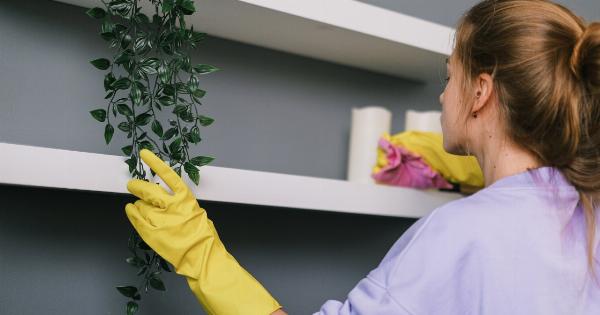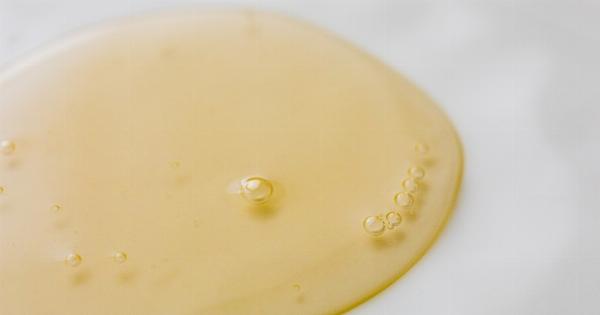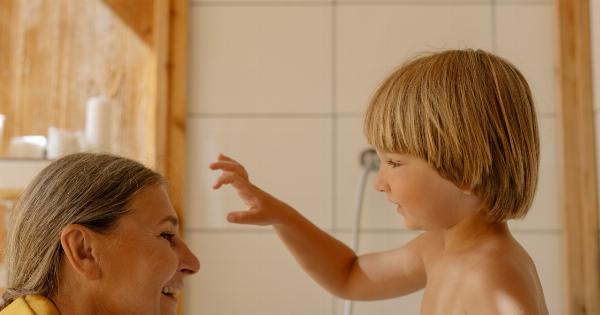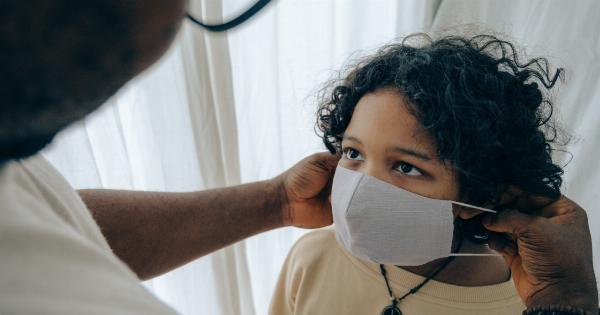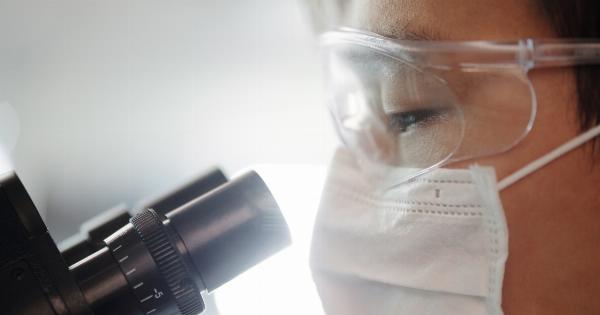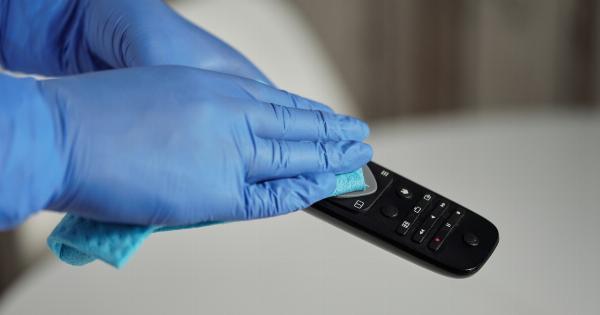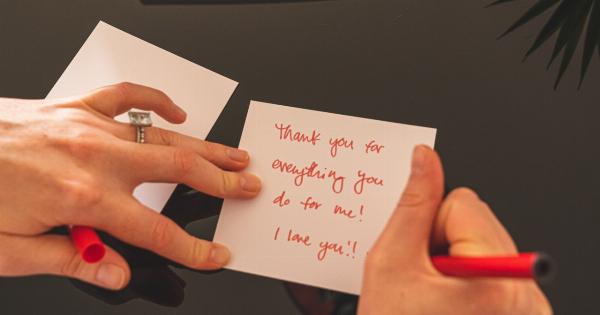Everyone has their own unique restroom routine. It is an essential part of our daily lives that we often take for granted. From the moment we wake up to the time we go to bed, the restroom is a place we visit multiple times a day.
Whether you have a strict routine or simply go with the flow, your restroom habits say a lot about you. Let’s dive into the different aspects of a restroom routine and how individuals approach them.
Morning rituals
For many people, the restroom is the first stop of the day. Whether it’s for brushing teeth, washing the face, or taking a shower, morning rituals can vary greatly.
Some individuals like to begin their day with a refreshing shower, while others prefer to start with oral hygiene. No matter the order, these morning rituals set the tone for the day ahead.
The hygiene routine
Throughout the day, maintaining personal hygiene is crucial, and the restroom plays a vital role in this aspect of our routine. From brushing teeth after meals to freshening up with a quick wash, our hygiene routines keep us feeling clean and confident.
Some individuals prefer to carry a toothbrush and toothpaste with them wherever they go, ensuring their oral hygiene is taken care of on the go. Others might have a set routine for washing hands, using face cleansers, or even reapplying makeup if necessary.
The call of nature
Going to the toilet is a natural bodily function that we cannot avoid. However, everyone has their own unique restroom habits when it comes to answering this particular call of nature.
Some people prefer to use the restroom as soon as they feel the need, while others might prefer to hold it until the timing feels right.
For some individuals, this is a quick process, while for others it may take longer. Some might prefer to read a book or play games on their phone, while others just want to get in and get out as quickly as possible.
Regardless of the approach, the call of nature is an essential part of any restroom routine.
Restroom etiquette
Another crucial aspect of any restroom routine is adhering to basic restroom etiquette. This includes leaving the restroom clean and tidy for the next person, using the proper facilities for their intended purpose, and respecting the privacy of others.
It is important to remember that the restroom is a shared space where everyone has the right to feel comfortable and respected.
Nighttime rituals
Just as our morning rituals set the tone for the day, our nighttime rituals help us wind down and prepare for sleep. Many people incorporate the restroom into their nighttime routine in various ways.
Brushing teeth, cleansing the face, or taking a relaxing bath or shower are common activities that help individuals relax and prepare for a peaceful night’s sleep.
Routine variations
While the aforementioned aspects of a restroom routine are common, it is important to note that everyone’s routine can vary greatly.
Factors such as personal preferences, cultural norms, and individual circumstances can shape and influence restroom routines.
Some individuals might have additional steps in their routine, such as applying skincare products, styling hair, or changing contact lenses. Others might have specific bathroom hygiene practices that they follow religiously.
It is these variations that make our restroom routines unique to us as individuals.
Restroom experiences when out and about
Our restroom routine doesn’t just apply to our homes. It extends to the outside world as well, especially when we are away from home. Using restrooms in public places, restaurants, or workplaces can present unique challenges and experiences.
Some individuals are comfortable using any restroom, while others might have specific requirements or preferences.
Factors like cleanliness, privacy, accessibility, and availability of facilities can all play a significant role in how individuals approach their restroom routine when out and about.
The impact of technology
In recent years, technology has made its way into every aspect of our lives, including our restroom routines.
From high-tech toilets with various features to smart mirrors and automatic soap dispensers, technology has certainly made our restroom experiences more convenient and efficient.
Additionally, the rise of smartphones has given us the ability to multitask even in the restroom.
Whether it’s catching up on emails, scrolling through social media, or listening to a podcast, technology has made it possible to stay connected at all times, even during restroom breaks.
Creating a calming atmosphere
For many individuals, the restroom is not just a necessity but also a place of relaxation and self-care.
Some people choose to create a calming atmosphere by incorporating scented candles, soft lighting, or soothing music into their restroom environment. This allows them to have a peaceful and tranquil experience, whether they are simply washing their hands or indulging in a long soak in the bathtub.
The importance of adaptability
While routines are important, it is also essential to be adaptable when it comes to our restroom habits. Unexpected circumstances or being in new environments can require us to adjust our usual routine.
Whether it’s using a portable restroom at an outdoor event or adapting to the facilities available while traveling, being flexible allows us to navigate any situation with ease.
In conclusion
Our restroom routine is a personal and intimate part of our daily lives. Whether it’s the way we start our day, maintain our hygiene, answer the call of nature, or wind down before bed, our restroom habits reveal a lot about us as individuals.
From morning rituals to nighttime routines, restroom etiquette, and adapting to changing environments, our routines are as unique as we are.
